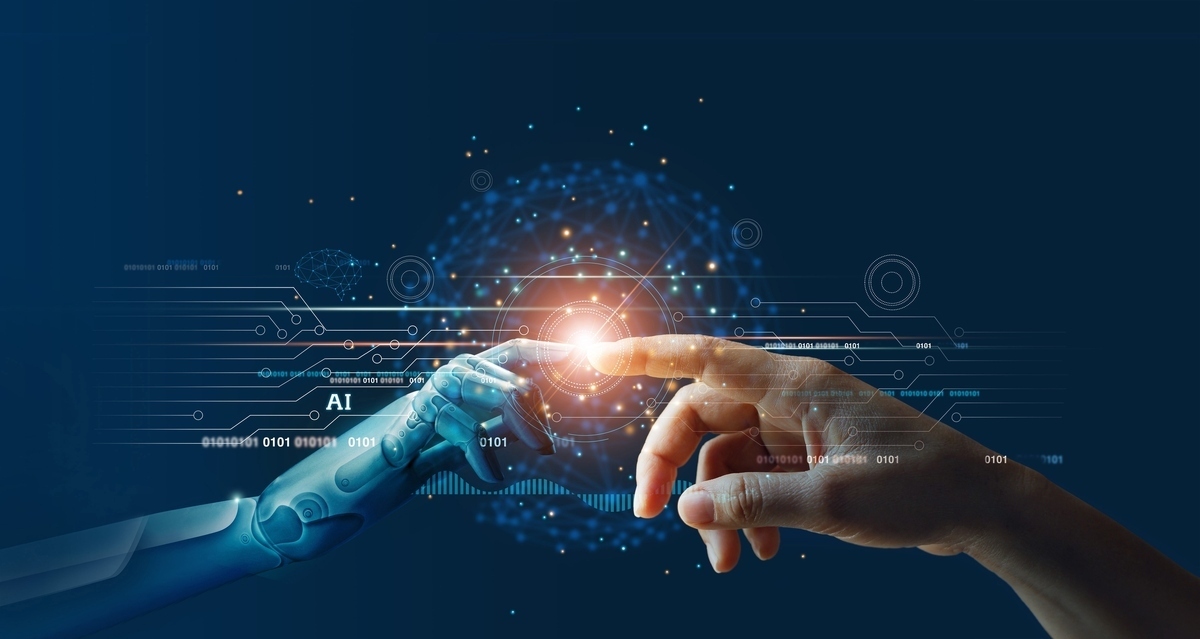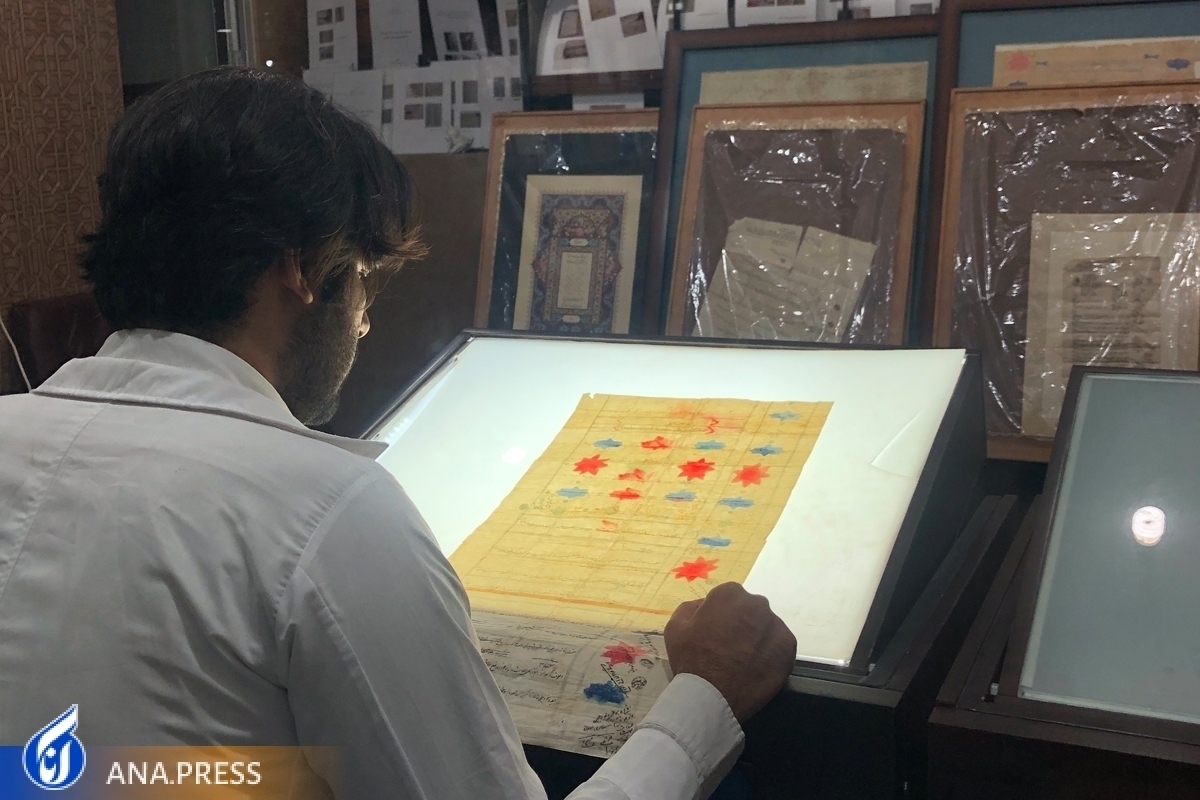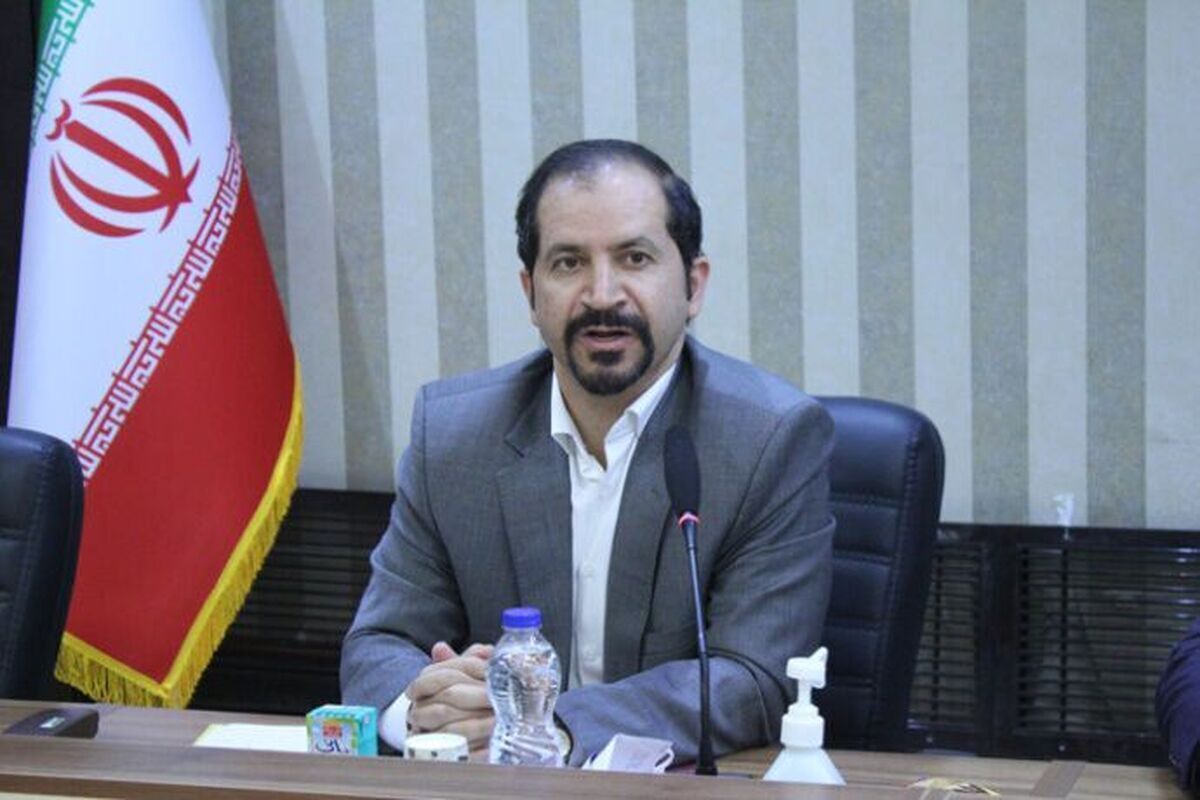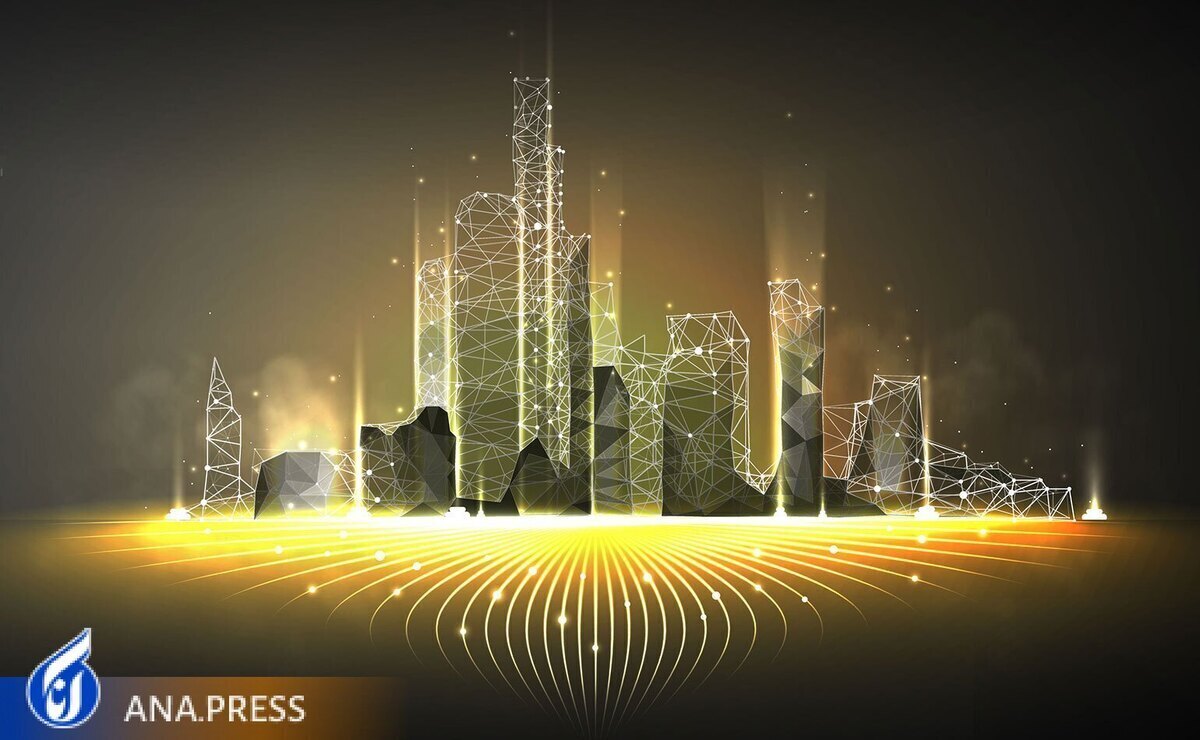Top News of Last Week with ANA
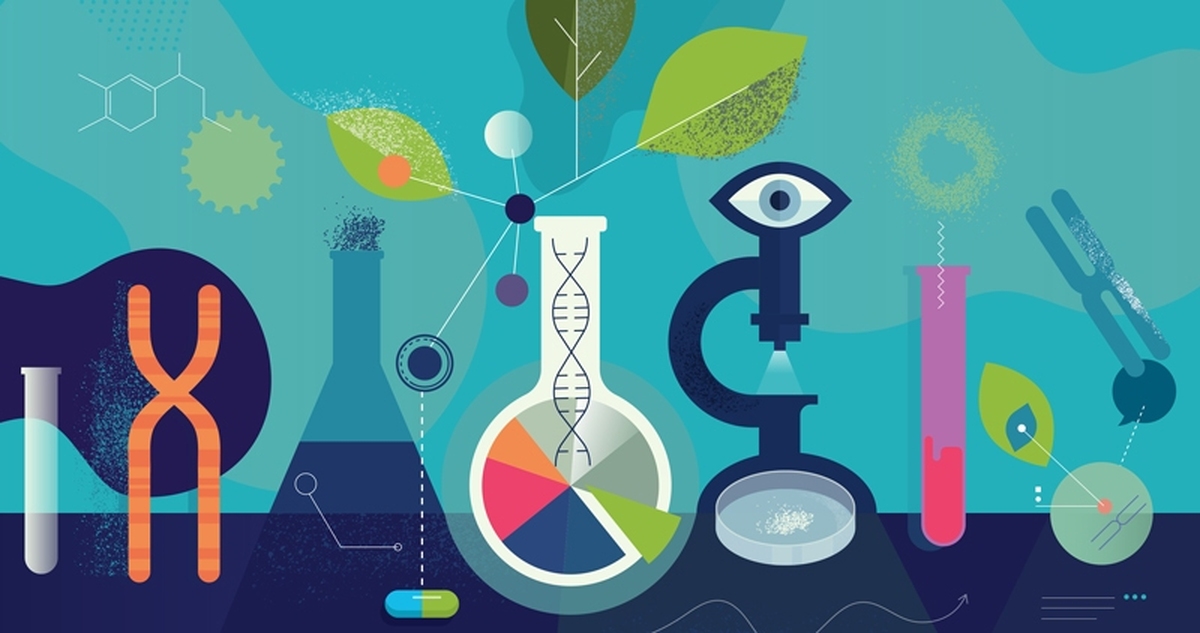
Azad News Agency (ANA) published a number of scientific and technological news during last week (November 28 - December 04) whose top ones are as follows:
Hair Regrowth Serum Produced Using Iranian Ginseng Unveiled
An Iranian health expert unveiled a hair regrowth serum domestically produced using local ginseng.
The Iranian ginseng serum does not make the hair greasy, does not make the hair look bad, unlike most hair serums that are oily and make hair greasy.
Iran Inaugurates Project for Gene Therapy of Children with Leukemia
Iranian medical scientists unveiled a new technology based on gene therapy which helps treatment of children with leukemia.
“Among the three main branches of stem cell science and regenerative medicine are cell therapy, gene therapy and tissue engineering. The main market belongs to gene therapy. For this reason, the gene therapy project was launched in collaboration with a knowledge-based company at the Children's Medical Center,” said Amir Ali Hamidiyeh, the head of the gene, cell, and tissue research institute of Tehran University of Medical Sciences.
Dream of Turning Sea Water into Fresh Water Comes True by Iranian Technology
A knowledge-based company in Iran manufactured a desalination device which is capable of turning the salty sea water into drinkable and fresh water to supply boats and ships with their needed water.
The device can purify 80 percent of water by less energy consumption and higher production power.
In addition to water, salt is also produced as a byproduct in the process of water desalination by the Iran-made devices.
Iranian Knowledge-Based Company Develops Home-Made Iris Recognition System
A knowledge-based company in Iran succeeded in manufacturing a high-performance iris recognition system which is the most secure biometric authentication by using pattern-recognition techniques.
Seyed Hossein Mirheidari, a member of the Board of Directors of Rivers Artificial Intelligence company, underlined that the growing need for greater security has led to the development of smart identity recognition systems based on human biometric characteristics.
“The iris recognition system uses the physiological or behavioral characteristics of any person to recognize his/her exact identity,” he added.
Iran to Use Electric Cars for Public Transportation
A senior Iranian official announced the country’s plans to use home-made electric vehicles for public transportation.
“Given the design and manufacturing of the sample of electric cars made by Jetco (Tara Electric Car) ) and the Research and Innovation Center of Saipa Group (Saina Electric and Aria Electric cars) and the improvement of the scientific and technical capacity of these companies as well as the production of high-tech parts by the Iranian knowledge-based companies, the country is ready for production and industrialization of these cars,” said Seyed Shahriar Zeini, the director of the new automotive technologies development group of the headquarters for the development of space technologies and advanced transportation of the Iranian vice-presidency for science, technology and knowledge-based economy.
He added that thanks to the continued follow-ups of the automotive group and cooperation of the advisor to the interior minister, a memorandum of understanding was inked for using electric cars by the Taxi Driving Union of the interior ministry to upgrade and equip public transportation with electric taxis.
Iran Hosts 600 Companies at Int’l Metallurgy Expo
More than 500 Iranian companies along with 50 foreign ones went to Tehran Permanent International Fairgrounds from November 30 to December 03, 2022 to put on display their capabilities and products in the fields of metallurgy, steel, mining industries, non-ferrous metals, casting, industrial furnaces, heat treatment and related industries, in the 19th edition of Iran’s international exhibition of metallurgy, dubbed IRAN METAFO.
Iran Enjoying World’s Second Largest Copper Reserves
Sarcheshme Copper Complex, one of the largest industrial and open-pit complexes in the world and the second largest copper reserve worldwide, is located in the suburbs of Rafsanjan county, in the Iranian Southern province of Kerman, where the Zagros Mountain Range nears its final destination, enjoying a huge reservoir of about 1 billion 200 million tons of sulfur ore.
In Sarchesheme mining complex, after mining and exploitation of the mines, high grade ore products and copper products such as cathode, slab, billet and eight mm wire are produced.
Production units of Sarcheshmeh Copper Complex is made up of the mine itself, concentrator, smelter, refinery, foundries and leaching.
Iranian Scientists Design, Produce Remote Surgeon Robot
Iranian researchers at Tabriz University designed and produced a robot which assist a doctor or surgeon to carry out operation on a patient remotely.
“We started our activity as a team five months ago and in this short time we were able to complete several projects. The scope of the team’s activity is designing and manufacturing electronic and electromechanical products. In general, the team's activity is carried out in two different parts, the first part is research-scientific projects that are built for competition, festival and exhibition purposes, and the next part is in the field of commercial products,” Sina Ebrahimzadeh told ANA.
“The research project that we presented to the Renotex exhibition (the 10th innovation and technology exhibition of Rab’e Rashidi) was the two-axis robotic arm,” he added.
“The goal of the project is to generalize the concept to remote surgeon robots which is currently one of the most popular international topics, and the use of this robot can give the doctor or surgeon the ability to remotely operate on a patient,” Ebrahimzadeh said.
Iranian Experts Manufacture Autoclave Device for Medical Centers
Autoclave is one of the most important laboratory equipment used for sterilization and the Iranian researchers at a knowledge-based company have managed to produce the vital device indigenously.
Autoclave is one of the most important devices and laboratory equipment applied for sterilization by using the heat of pressurized steam, Amin Omidi, a member of the Board of Directors of Fanavaran Ayandehnegar Pouya Pars company, said.
“Autoclave is mostly used in medicine for sterilization and in chemical industry for making coatings and rubber packing,” he added.
“Holding clips and unbreakable and antibacterial lids are used in the autoclave produced by our company to provide a safe device to the user,” Omidi said, adding that the Iran-made device is sold half the price of foreign models.
Unique Property Found in Complex Nanostructures for First Time
Researchers from North Carolina State University and the University of Texas at Austin discovered a unique property in complex nanostructures that had previously only been seen in simple nanostructures.
The scientists uncovered the internal mechanics of the materials that allow for this property to exist, the journal Proceedings of the National Academy of Sciences reported.
The scientists found these properties in oxide-based “nanolattices,” which are tiny, hollow materials with a structure resembling that of sea sponges.
Producing Light Roofs for Buildings with CONTUNN Technology
An Iranian knowledge-based company used CONTUNN Technology to produce light roofs for buildings for the first time in Iran.
“This company has a technology called CONTUNN Technology which is one of the latest technologies in the construction industry. It includes design and plastic mold services,” Managing Director of Abrak Tarh Company Ali Bahador told ANA.
“This technology has a very unique use in the construction industry and concrete roofs, and in fact, this technology is used to lighten the roofs so that the structure acts better during an earthquake. This technology also increases the distance between the columns so that the architectural design is done in the best way, and this makes the architects have more choices in their design,” added Bahador, who has a Master’s degree from Tehran’s Amirkabir University of Technology and a Ph.D. student in civil engineering now.
Iranian Expert Develops Larval Therapy for Treating Diabetic Wounds
Arash Jafari, an Iranian medical treatment expert, has developed larval therapy for patients suffering from diabetic wounds.
Larval therapy, also known as maggot therapy, is the application of disinfected fly larvae to chronic wounds to debride the wound bed of necrotic tissue, reduce bacterial contamination and enhance the formation of healthy granulation tissue.
Jafari told ANA that a new method of larval therapy has been used to heal diabetic foot ulcers, which prevents the staggering number of amputations by healing wounds.
Maggot therapy has been reported to be especially effective in treating diabetic wounds once it starts early in the process.
The method is growing as a result of the prevalence of antibiotic-resistant bacteria.
4155/v
